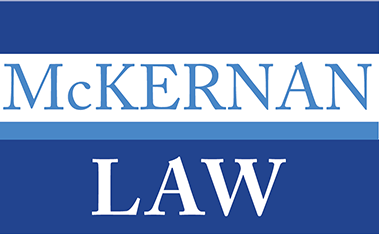New York Clean Slate Act Takes Effect on November 16, 2024, with New Obligations for Employers Running Criminal Background Checks
On November 16, 2024, the New York Clean Slate Act (the "Act") will take effect. The Act provides for the automatic sealing of certain criminal convictions after a specified time period. It will also require greater disclosure by employers of criminal history information being considered in connection with hiring or continued employment.
The Act provides that the New York State Unified Court System has up to three years from the effective date (that is, until November 16, 2027) to seal all eligible convictions. At that point, going forward, all eligible convictions will be automatically sealed and will become unavailable to most employers that conduct background checks as part of the hiring process or otherwise in the course of employment.
Convictions Eligible for Sealing
Convictions for most misdemeanor and felony convictions are eligible to be sealed. However, certain convictions, such as sex offenses, sexually violent offenses, and non-drug-related Class A felonies, including murder, are not eligible for sealing under the Act.
Time Period Before Convictions are Sealed
Misdemeanor convictions are eligible to be sealed three years from the date of sentencing or three years from the date of the individual's release from incarceration. Felony convictions are eligible to be sealed eight years from the date of sentencing (if no sentence of incarceration was imposed) or eight years from the date of the individual's release from incarceration, whichever is later.
For a conviction to be sealed, the individual must not currently be on parole, probation, or post-release supervision.
Exempt Employers
Employers that are otherwise required by law to conduct "fingerprint-based" criminal history checks, such as employers in childcare, eldercare, and disability care, will have access to records that would otherwise be sealed under the Act.
Employer Notice Requirements
The Act also imposes heightened notice obligations on employers conducting background checks that include criminal history information. Employers that receive criminal information as part of a background check will now be required to furnish a copy of the report containing such information to the applicant and notify the applicant of their right to "seek correction of any incorrect information contained."
Importantly, employers must abide by the above notice requirement regardless of whether the employer plans to take adverse action against the applicant based on their criminal history. This is a change from the current process whereby criminal history information obtained as part of a background check need only be disclosed by an employer if adverse action is intended to be taken.
Protections Against Negligence Claims for Employers
Many criminal convictions will be sealed; the Act provides non-exempt employers with a defense against negligent hiring, retention, and supervision claims.
However, employers exempted under the Act (as described above) that receive records that would otherwise be sealed as part of a background check owe a duty of care to individuals with sealed convictions and can be liable for negligence under Section 50-G of the New York Rights Law if they (i) "knowingly and willfully" breach that duty of care by disclosing the sealed records without the individual's consent, (ii) the disclosure causes injury to the individual, and (iii) the employer's breach of their duty of care was a “substantial factor in the events that caused the injury suffered" by the individual.
This document is designed for general information only. The information presented in this document should not be construed to be formal legal or tax advice nor the formation of a lawyer/client relationship.
For more information on this and other topics, please contact Kevin via any of the channels listed below:
📧 kevin@kmckernan.com | 📞 718-317-5007
